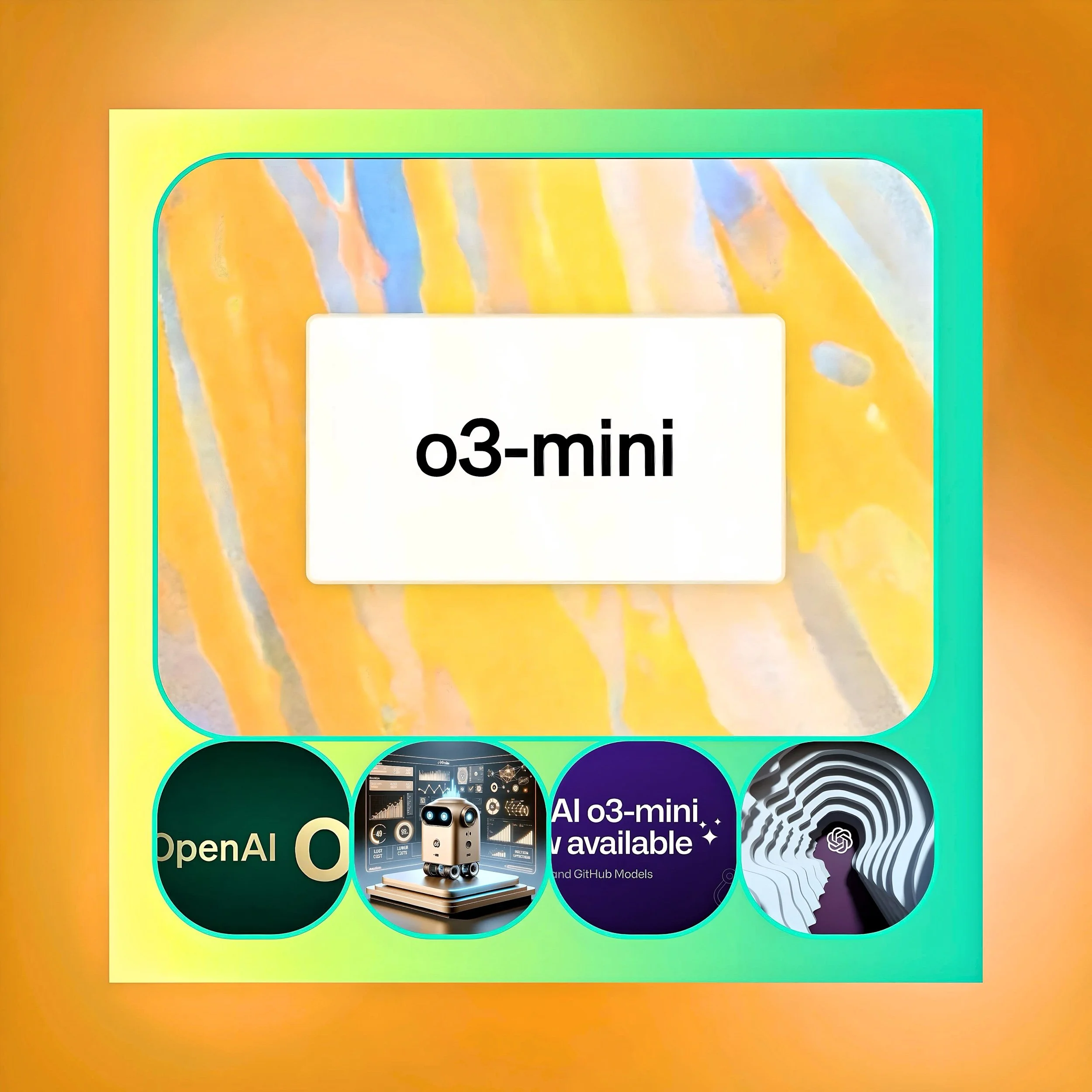OpenAI Develops GPT-4b Micro
Introduction
OpenAI, in collaboration with longevity science startup Retro Biosciences, has developed a new AI model called GPT-4b micro, marking the company’s first foray into biological research. This model represents a significant advancement in the application of artificial intelligence to scientific discovery, particularly in the field of longevity science.
Model Capabilities and Focus
GPT-4b micro is specifically designed to engineer proteins for cellular reprogramming. Its primary focus is on redesigning Yamanaka factors, which are proteins capable of transforming adult skin cells into stem cells. The model’s approach differs from other protein-focused AI systems like Google’s AlphaFold, as it concentrates on protein interactions rather than structural predictions.
Preliminary Results
Early tests of GPT-4b micro have shown promising outcomes:
The model has suggested modifications to Yamanaka factors that preliminary data indicates are 50 times more effective at creating stem cells compared to traditional methods.
It can propose bold alterations to proteins, sometimes changing up to a third of a protein’s amino acids.
The model has demonstrated superior performance compared to human scientists in protein engineering tasks.
Implications for Longevity Science
The development of GPT-4b micro aligns with Retro Biosciences’ goal of extending human lifespan by 10 years. By improving the efficiency of stem cell production, this technology could potentially accelerate advancements in:
Organ development for transplantation
Cell replacement therapies for degenerative diseases
Targeted treatments for age-related conditions
Current Status and Future Plans
While the results are promising, it’s important to note that GPT-4b micro is still in the research phase. OpenAI and Retro Biosciences plan to publish their findings, allowing the scientific community to validate the results. Currently, the model is not available for wider use, serving as a demonstration of capability rather than a commercial product.
Conclusion
This collaboration between OpenAI and Retro Biosciences, backed by a significant investment from Sam Altman, represents a strategic fusion of artificial intelligence and longevity science. As the project progresses, it could potentially reshape our understanding of cellular reprogramming and open new avenues in regenerative medicine.






